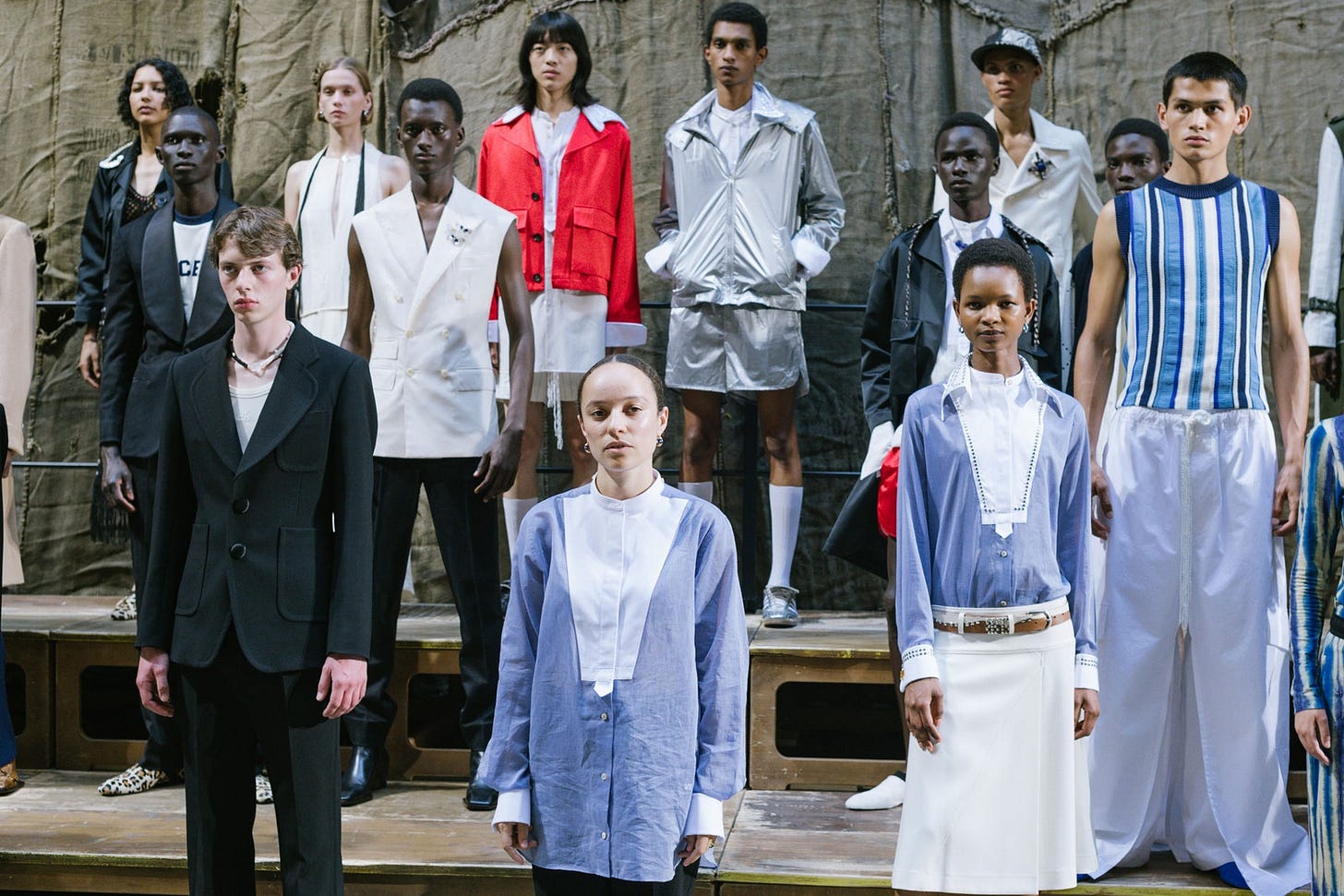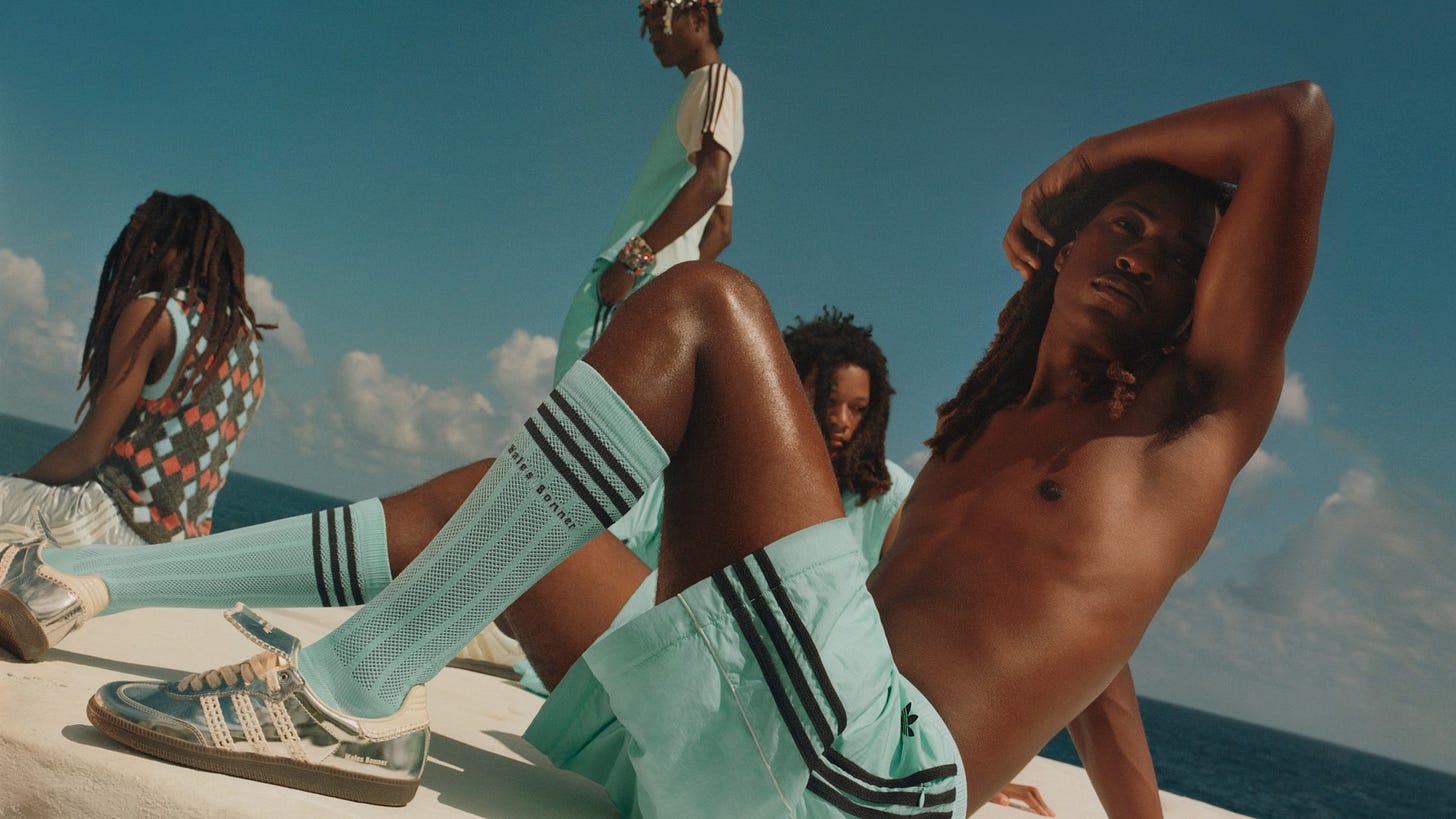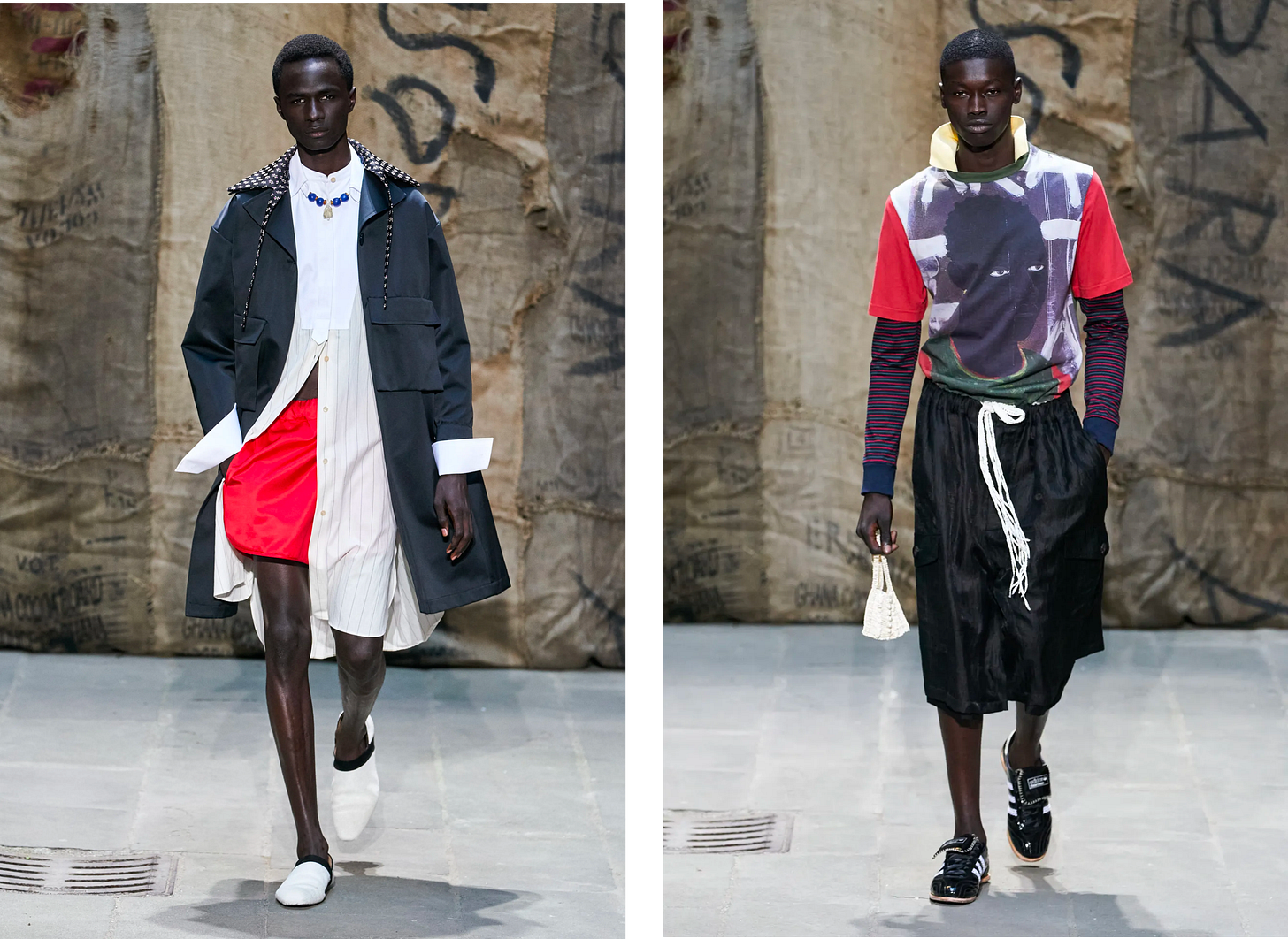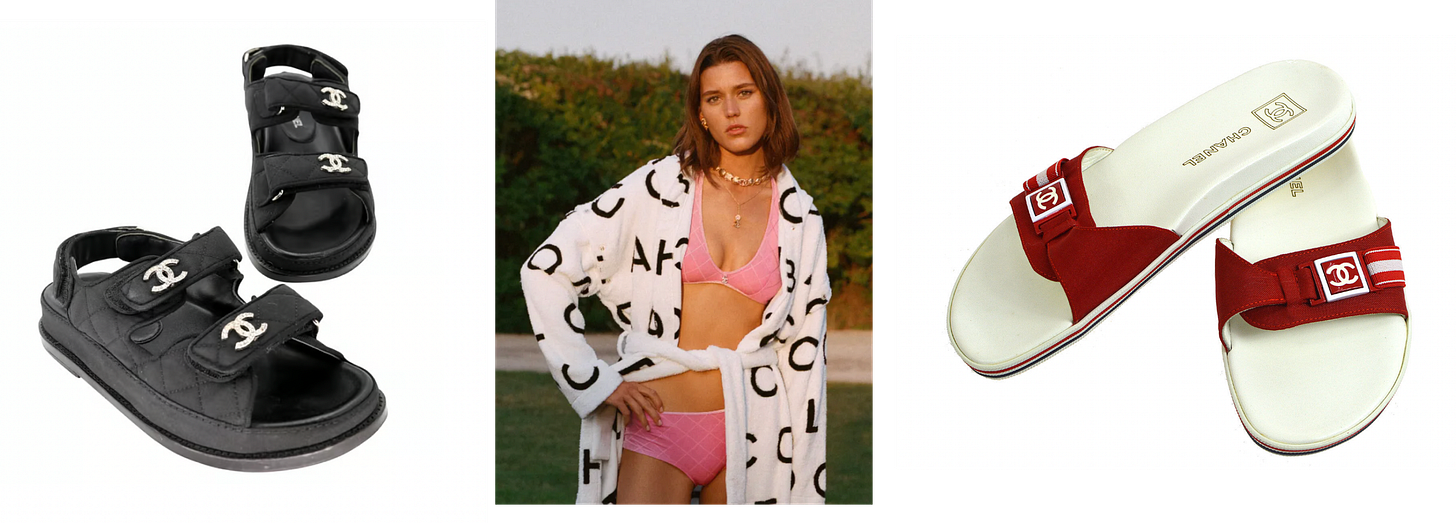Welcome to the Sociology of Business. For those new here, in my last analysis, Creative money aesthetics, I explored the basics of the Creative Class and what makes it unique. Find my book The Business of Aspiration on Amazon and find me on Instagram, Twitter, and Threads.
When entering a new category, fashion brands tend to go all-in on one creative direction. While understandable, this strategy increases a risk for a brand when entering a new, untested, market and appealing to the new, unknown, audience.
Rather than having one big bet with a new category - from sports to furniture to evening wear or beauty - it’s better to have a lot of smaller ones.
Take sport for example: if a fashion brand wants to enter this market, ideally it would create many doors in; serve diverse audience; and cover the entire fashion sports market rather than just one aesthetic (e.g. horse riding or tennis).
A more successful approach is to take design codes from a number of sports disciplines: racing, skating, dance, boxing, soccer, tennis and filter these codes through the signature brand aesthetics (its look) in the context of sports.
In addition to preventing one sport to overwhelm the brand aesthetics (as is the case with Tory Sport), the mix of design cues from multiple sports opens the door for original remixes, collaborations, partnerships and content. Why focus only on influencers and creators in one sport, when you can work with many?
To avoid the brand schizophrenia, it is critical here to obsessively apply the aesthetic filter of a brand. Chanel Sports - regardless of which one it is - needs to have recognizable Chanel design codes. Same for, e.g., Hermès Sport or Aimé Leon Dore Sport.
The outcome is a collection that is both versatile and consistent; it is in service of a brand look, versus the brand look shifting with a sport.
Different sports lend inspiration, creative expression, and unique heritage and history (e.g. a history of female soccer is different - and no less rich - than that of motorcycle racing).
The appeal of this richness and diversity hits a broad audience (there is something for everyone), while serving the core purpose of a sports collection: to be worn when exercising, lounging or as leisurewear.
Fashion sports today, regardless of a brand, hit the continuum between amateurs and professionals, and appeal to sports fans everywhere.
A brand endorses a number of sports disciplines, together with their communities, narratives, and aesthetics. It’s the shortest path to market domination, and the best strategy for mature markets.
Mature markets have many different segments, which a single brand cannot successfully capture without losing its identity. In order to address different market segments, and serve the market as a whole, a creative portfolio builds multiple presence and differentiates a brand offering.
These differentiated offerings meet market demand in a more personalized way than a single mass brand can. Through a portfolio approach, a brand increases its hold on the market and fends off new market entrants by putting forward a full range of offerings (tennis, soccer, racing, dance, athletics).
A brand portfolio is a platform for a potential roster of new and emerging designers, brand collaborators, and creators, each bringing forth their aesthetic and design sensibilities.
A brand portfolio approach encourages intrapreneurship, where teams are freer to innovate, test against consumer preferences and renew a brand’s relevance and differentiation.
The rationale for creating a brand portfolio is twofold:
Please choose one of the following paid options to read the rest of this analysis, including how fragmentation of taste and curation break a mass market down, driving the need for the portfolio approach of growth.
Keep reading with a 7-day free trial
Subscribe to The Sociology of Business to keep reading this post and get 7 days of free access to the full post archives.









